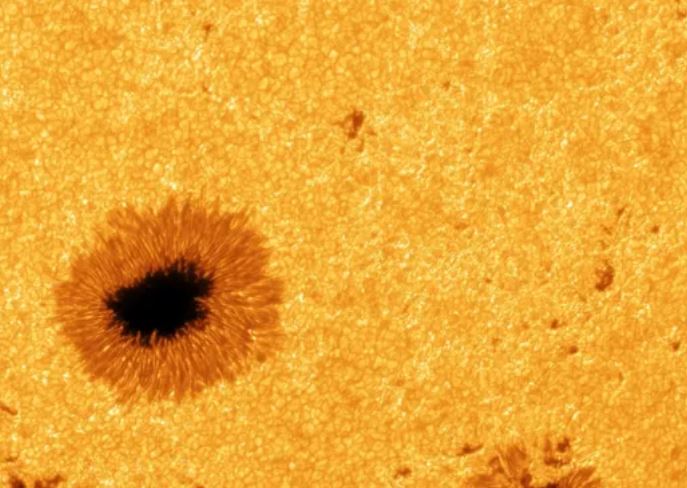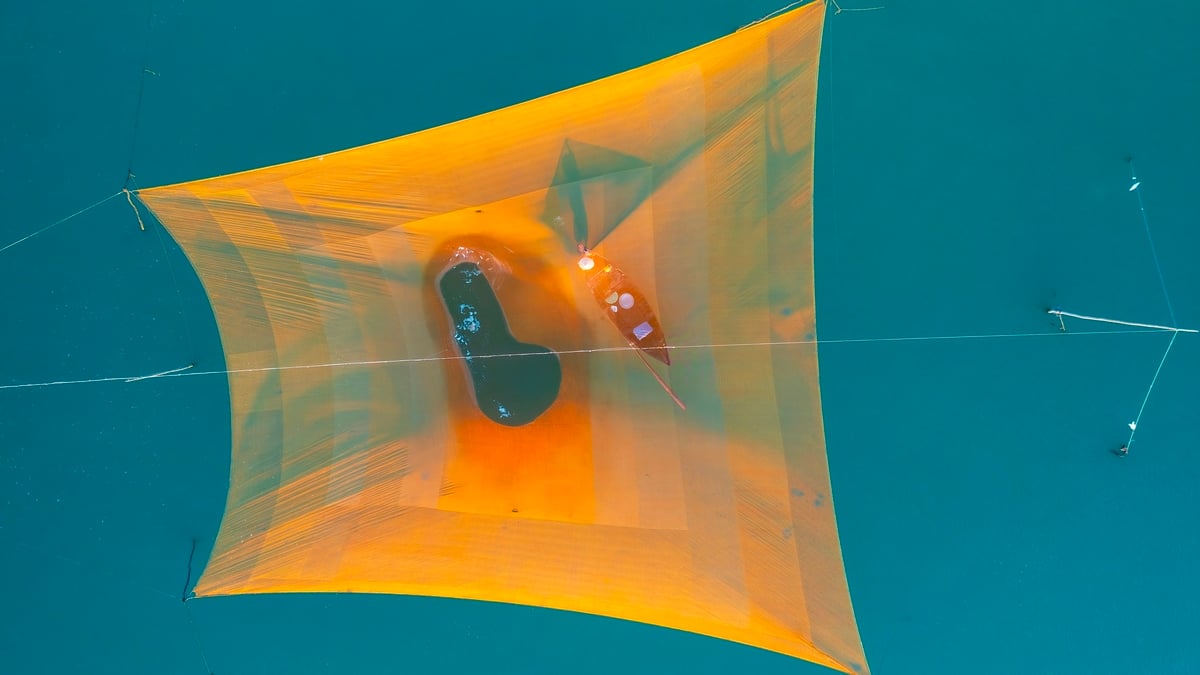The high-resolution camera system developed by the Leibniz Institute for Astrophysics Potsdam (AIP) has been installed at the Vacuum Tower Telescope (VTT) at the Teide Observatory in Tenerife. With this system, the sun has been recorded in 8K resolution for the first time, opening a new era in the study of solar activity, the Leibniz Institute for Astrophysics Potsdam (AIP) announced.
Solar observations have traditionally faced the challenge of choosing between a wide field of view and high resolution. Large solar telescopes can provide sharp images but are limited to a small area, while smaller instruments can observe the entire solar disk but lack detail. However, VTT overcomes this limitation by maintaining a wide field of view while achieving impressive spatial resolution. The integration of the new camera system further enhances this capability, allowing scientists to simultaneously study the Sun’s active regions at both a large scale and in detail.

Photo: R. Kamlah et al. 2025
“To better understand solar activity, it is important not only to analyze the fundamental processes involved in the fine structure and long-term evolution of global activity using various instruments, but also to focus on the time-varying magnetic field in active regions,” Rolf Schlichenmaier, a scientist at the Institute for Solar Physics (KIS) in Freiburg – which operates VTT – stressed in a statement.
The state-of-the-art camera system uses advanced image restoration techniques, combining 100 short-exposure images – each with a resolution of 8000x6000 pixels – taken at 25 frames per second. This results in an 8K resolution reconstruction that effectively reduces the turbulence caused by the Earth’s atmosphere and achieves a spatial resolution of about 62 miles (100 km) above the surface of the sun.
This precision also allows recording of solar dynamic processes at intervals as short as 20 seconds – something that has never been done before, according to the statement.
Using this advanced technology, researchers were able to obtain high-resolution images covering areas up to 124,274 miles (200,000 kilometers) in diameter, or about one-seventh the diameter of the sun. These images are not only of great scientific value, but also promise to open up new avenues of research into space climate and the impact of solar activity on Earth.
Source: https://doanhnghiepvn.vn/cong-nghe/lan-dau-tien-ghi-lai-hinh-anh-mat-troi-do-phan-giai-8k-tiet-lo-chi-tiet-chua-tung-thay-ve-cac-vet-den-mat-troi/20250602072442364
























![[Photo] Nghe An: Provincial Road 543D seriously eroded due to floods](https://vphoto.vietnam.vn/thumb/1200x675/vietnam/resource/IMAGE/2025/8/5/5759d3837c26428799f6d929fa274493)

![[Photo] Discover the "wonder" under the sea of Gia Lai](https://vphoto.vietnam.vn/thumb/1200x675/vietnam/resource/IMAGE/2025/8/6/befd4a58bb1245419e86ebe353525f97)







































































Comment (0)